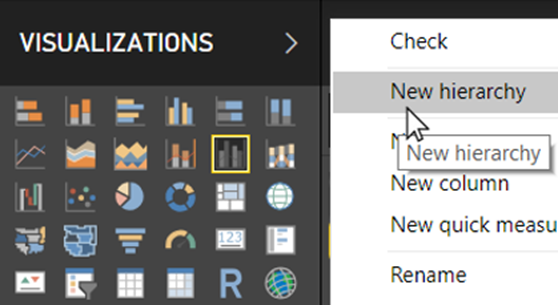Vessel Insight
In today’s data-driven world, businesses and organizations rely heavily on data analysis to make informed decisions. Power BI is a powerful business analytics tool that helps organizations analyze data and share insights. It provides a variety of data connectors to connect to different data sources and extract data.
One such data source is the Vessel Insight Data Source. Vessel Insight is a cloud-based data infrastructure that enables ship operators to optimize their vessels’ performance and reduce fuel consumption. It captures data from various sensors and equipment on board the ships and provides real-time insights into the ship’s performance.
Power BI allows users to extract data from the Vessel Insight Data Source using the Power Query M language code. The Power Query M language is a formula language that helps users to transform and load data into Power BI. In this article, we will explore how to connect to the Vessel Insight Data Source using the Power Query M language code from inside Power BI.
Prerequisites
Before we begin, there are a few prerequisites that need to be met:
1. You need to have access to the Vessel Insight Data Source.
2. You need to have Power BI Desktop installed on your computer.
Connecting to the Vessel Insight Data Source
To connect to the Vessel Insight Data Source from inside Power BI, follow the steps below:
1. Open Power BI Desktop and click on the “Get Data” button from the Home tab.
2. Select “Blank Query” from the “Other” category and click on “Connect”.
3. In the “Power Query Editor” window, click on “Advanced Editor” from the “View” tab.
4. In the “Advanced Editor” window, type in the following code:
let
Source = OData.Feed(“https://api.vesselinsight.com/v1”),
#”Authorization” = “Bearer
#”Equipment” = Source{[Name=”Equipment”]}[Data],
#”Select Columns” = Table.SelectColumns(#”Equipment”,{“EquipmentId”, “Name”, “TypeId”}),
#”Rename Columns” = Table.RenameColumns(#”Select Columns”,{{“EquipmentId”, “ID”}})
in
#”Rename Columns”
5. Replace `
6. Click on “Done” to close the “Advanced Editor” window.
7. Click on “Close & Apply” from the “Home” tab to apply the changes and close the “Power Query Editor” window.
Understanding the Code
Let’s break down the code to understand what it does.
Source = OData.Feed(“https://api.vesselinsight.com/v1”)
This line of code creates a variable called “Source” and sets it to the URL of the Vessel Insight Data Source.
#”Authorization” = “Bearer
This line of code adds an authorization header to the HTTP request using your access token.
#”Equipment” = Source{[Name=”Equipment”]}[Data]
This line of code extracts the “Equipment” entity from the data source.
#”Select Columns” = Table.SelectColumns(#”Equipment”,{“EquipmentId”, “Name”, “TypeId”})
This line of code selects only the “EquipmentId”, “Name”, and “TypeId” columns from the “Equipment” entity.
#”Rename Columns” = Table.RenameColumns(#”Select Columns”,{{“EquipmentId”, “ID”}})
This line of code renames the “EquipmentId” column to “ID”.
Conclusion
In conclusion, connecting to the Vessel Insight Data Source from inside Power BI is a straightforward process. By using the Power Query M language code, you can extract data from the data source and load it into Power BI for analysis. The code provided in this article is just an example, and you can modify it to suit your specific needs.









